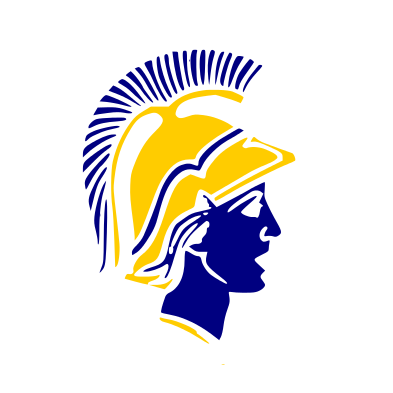iDEA
What is iDEA?
iDEA is an acronym presented by the University of North Carolina at Greensboro, and used in their LIS department.
Its individual components are the focuses of good librarianship, both in education and in practice. They are:
- Information
- Diversity
- Engagement
- Access
To the left you will find individual essays concerning my philosophies surrounding each of these four philosophies.
What iDEA means to me
The practice of creating pillars within an overall philosophy is important not only for helping to define the overall philosophy, but to also help those who follow it on track. By instituting four individual pillars that represent librarianship, it is easy to focus on the elements of library and information science which are important.
First, the information we provide. It is important that this information not be censored; for it to be broad in its subject topics; for it be as current as possible; and, most importantly, for it to be available.
Second, the element of diversity. This comes in many forms. As already mentioned, the information we provide should be diverse. In addition to that, the types of libraries available must remain diverse, as the communities they serve are diverse. Libraries are not one-size-fits-all; they must match the needs of the communities they serve. Within that lies the third facet of diversity - the communities themselves. And finally, diversity must come from within the library itself. Like the library, librarians are not one-size-fits-all finders of information. It is vital to have librarians of all cultural and educational backgrounds, so that the library might present the most fertile forms of information possible.
Third, there is engagement. It is not enough for a library to stand as a brick and mortar structure within a city. A library must reach out to its community members and invite them inside. Programming that is relevant to the community members, as well as asking users for their input on how to better library services, are two very basic ways for the library to engage with its community. Unofficially, there are also the secondary services that librarians provide for their users. Assisting users with resume building; advising parents and children on how to build strong reading habits; providing a safe place for children in the time between school and home - these are only a few of the ways that libraries actively engage with the community they serve.
Finally, there is access - the cornerstone of librarianship. A library's materials, people, and programming are useless if they cannot be captured by the community they serve. At the most basic level of access there is physical access - people should be able to visit the library in their community without turning to extreme measures. There is also the manner of content access - as the library matches the needs of its community, so should it match the skills of its community. A small-town neighborhood has little need for a law library, but may have great need for a public library that specializes in children's materials. Finally, there is the access of the 21st century - digital access. The process of digitizing materials has opened up many conversations about access. The ability to digitize an item and make it available online has huge implications. A collection of rare books, articles, and photographs that may have previously only been available to individuals within 50 miles of a city can now be viewed by millions of people around the world. The implications are both breathtaking as well as caution-inducing.
What iDEA means to the field
By following these four pillars, library students can set a path for themselves that keeps the concerns of the community they wish to serve at heart. Keeping the concepts of information, diversity, engagement, and access close at hand can help future librarians see the true meanings of librarianship. Providing this guidance will help ensure that regardless of what changes come to librarianship as the digital age unfolds, the root philosophies of librarianship will go unchanged. If librarians can hold fast to these four pillars, then the questions surrounding digital vs. physical; inner-city vs. rural; and public vs. private will not matter. As long as the four pillars are maintained, the library will remain a vital element of the community it serves, wherever that community may be.

